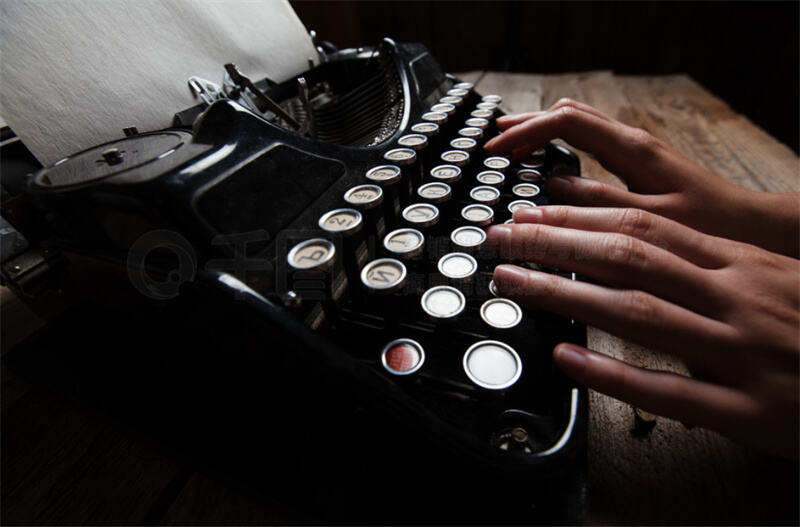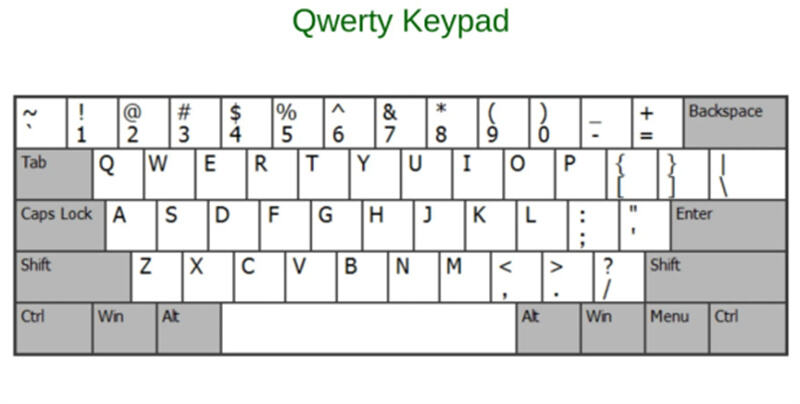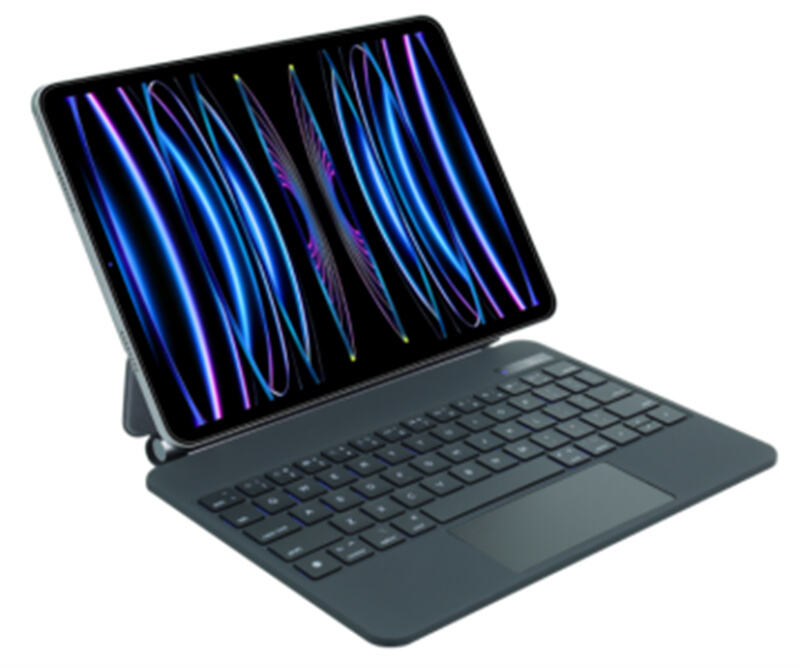Why are the letters on the Keyboard all jumbled up?
1. Keyboard’s Historical Origins
The design of keyboard originated from the type writer. And most early typewriters (the Sholes and Glidden typewriter from the 19th century) used mechanical lever arms. If adjacent keys were pressed rapidlyand frequently, thekeyboard’arms would jamtogether. This led to a malfunction of the typewriter.

To solve this problem, Inventor Christopher Sholes deliberately scattered frequently used letters (e.g., E, T, A) across the keyboard to slow down typing speed and reduce jams. For example, common English letter pairs like “TH” or “ST” were placed apart to minimize sequential keystrokes.Meanwhile, the frequently used characters were placed in the corners and on the left side. This was done to increase the difficulty, slow down the key-pressing speed appropriately, and thereby reduce the number of consecutive hits. This is the "QWERTY" Keyboard that we commonly use today.

2. User Habit Inertia
Although more efficient layouts (e.g., the Dvorak keyboard, which clusters common letters on the home row) were later invented, QWERTY had already become entrenched.Early typists were trained on QWERTY, and businesses and users were reluctant to bear the cost of retraining and adopting new systems, ensuring its dominance.
3. Commercialization and Standardization
In the late 19th century, the Remington Company mass-produced“QWERTY”typewriters, popularizing the layout through marketing and typing courses.Computer keyboards later inherited this layout, further cementing“QWERTY”as the global standard.
4. Other Theories and Controversies
Some speculate that QWERTY might have optimized typing for specific words (e.g., “TYPEWRITER” can be typed using only the top row), but evidence is scarce.Another theory links QWERTY to telegraph operators’ needs, as the layout may have aided in translating Morse code quickly.
5.Why Haven’t More Efficient Layouts Replaced“QWERTY”Keyboard?
First of all, it needs high Switching Costs,Billions of users and industries are deeply accustomed to QWERTY; relearning a new layout would require massive effort.Secondly, because of technological updates and adaptations, modern equipment no longer has the problem of mechanical structural limitations, and usually typing software has features such as automatic error correction and predictive text, which has effectively solved the problem of inefficiency.Apart from this, other keyboard layouts are difficult to popularize.for example, the Dvorak keyboard, is claimed to be 20% more efficient, but is only used in a small area.
6.Keyboard Layouts for Other Languages
Chinese Pinyin Input: Relies on“QWERTY”keyboardlayoutbut uses intelligent input methods for efficiency.
French(AZERTY) and German(QWERTZ): Adjusted layouts to suit language-specific characters and frequency.
7.Conclusion
The keyboard layouts on different devices also vary. For example, the keyboard layout on a tablet is smaller.The magic keyboard within the limited space, it still enables efficient typing and is more ergonomic, making it easy and comfortable to use for various functions. This is the result of the continuous development of keyboards in modern.

The “Chaotic” keyboard layout is actually a historical legacy issue rather than a result of modern scientific design. This problem demonstrates that the selection of technical standards is often profoundly influenced by historical contingency, commercial interests, and user inertia.However, with the development of electronic products, more and more keyboard layout or the shape of the keyboard based on the“QWERTY”keyboard layout to make changes, but also more people accept, perhaps the future of“the chaotic keyboard alphabet”will not change, but people use the keyboard experience will certainly be better and better.



